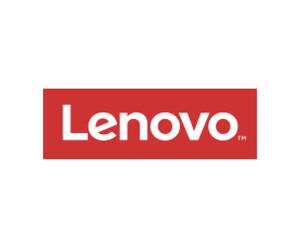Despite the effects of the device divide, the United Negro College Fund notes, 25 percent of all STEM graduates come from HBCUs.
“HBCUs provide an environment where students are empowered to understand what it means to be a Black leader in America and globally and where additional resources and opportunities can expose Black students to different worlds of thought and opportunity,” says Fallon Wilson, lead principal investigator and co-founder of #BlackTechFutures Research Institute at Stillman College.
These students are still attending and succeeding at HBCUs. The question is how can these institutions find a way to provide devices for these and every aspiring college graduate?
Solving a Device Divide in Higher Education
The first answer is to find and secure company partnerships. Lenovo and Alabama A&M University. Microsoft and Morehouse College. Apple and Virginia Union University. These are just a few examples of big tech companies sharing their devices with HBCUs.
“Partnerships are essential,” says Wilson. “Google, Amazon, Facebook, Salesforce, Microsoft — these corporate partnerships should continue to do the amazing work that they do at our institutions.”
WATCH: Learn how Lenovo and CDW are promoting excellence at HBCUs.
HBCUs also should consider organization-based or community-led partnerships. The Propel Center, for example, has ambitions of being a resource for all HBCUs in the U.S. The organization, which is an initiative of the company Ed Farm, was founded in 2021 and strives to provide digital skills, technology access and training to these institutions.
“The way education is being taught, the way we’re transferring knowledge, technology — all of these things are changing,” says Waymond Jackson, CEO of Ed Farm and interim CEO of the Propel Center. “With the Propel Center, we’re creating the mechanism that allows every single HBCU to partner with us on curriculum, on internships, on projects.”
READ MORE: The Propel Center and HBCUs announce a collaboration with Disney.
Whittaker, who’s in charge of curriculum design at the Propel Center, stresses the importance of proper training when it comes to device access. Though providing students and faculty with laptops and tablets is critical, it’s even more important to teach them how to use these devices for better instruction and learning.
“Access is one thing,” she says. “But improving digital literacy so students can maximize their chances of landing those high-paying jobs, those better-quality jobs in diverse fields, that’s where technology skills are paramount.”
Similarly, faculty must be educated on best practices as they relate to device- and digital-focused learning.











